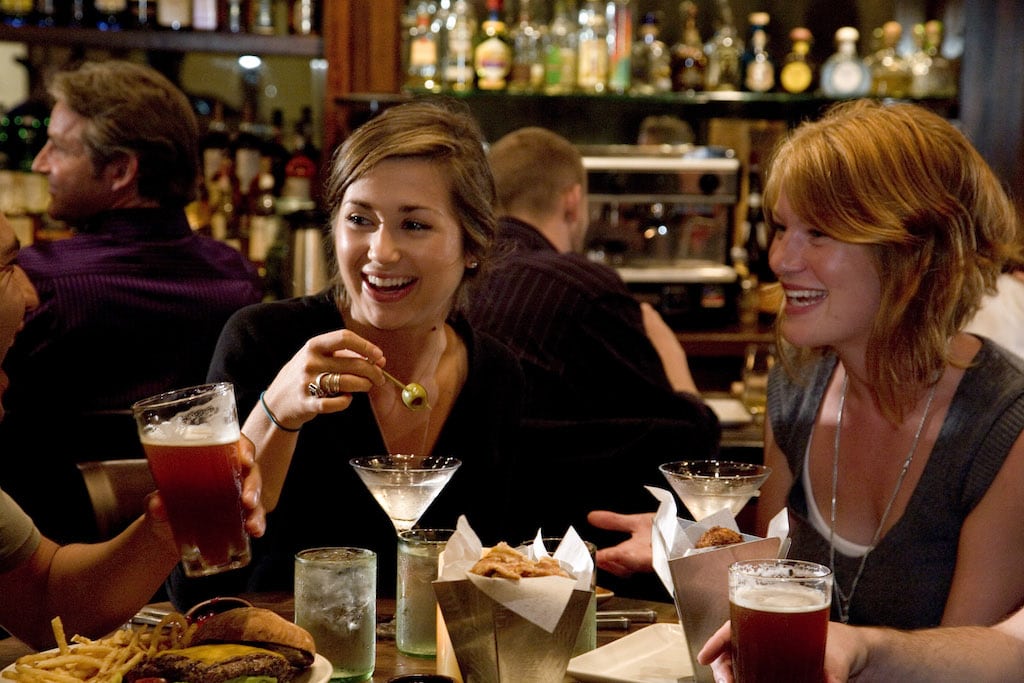Skift Take
Hoteliers are embracing travelers who want hotels to reflect local character and looking to move away from the bland experience of homogenous big box hotels. But hotels are still playing catch up on many restaurant trends that are becoming common across the globe.
Ten flavors of Stoli vodka behind the hotel bar and microwaved chicken fingers at the hotel restaurant are going out of fashion.
Hoteliers are learning from independent restauranteurs about the importance of local culture and varied cuisines to operating a successful hotel restaurant operation.
As a result, more hotels are operating a variety of drink and dining options for guests instead of the homogenous three-meal restaurants and cocktail bars often installed by a hotel’s corporate management.
“The global hotel restaurant industry isn’t innovative in restaurants, bars and that division of hospitality,” said Alex Taylor, SVP of restaurants and bars for Kimpton Hotels and Restaurants. “We just move too slowly; we have a diverse ownership structure and reporting structure that doesnt attract creative people.”
Restaurants embracing local culture and independent operators have begun to pervade the hotel industry as hoteliers have looked for ways to be more relevant in a market’s dining space.
“Food and beverage is vital for positioning a hotel successfuly, locally and internationally,” said Achim Landers, global head of food and beverage for Starwood Hotels & Resorts. “You are making the connection to the local community, and you give the international hotel brands a local identity.”
Part of the opportunity for hotel companies is due to the proliferation of lifestyle hotel brands among varied customer bases. Business travelers now want a local feel when they’re on the road while leisure travelers are choosing their hotels based on authenticity.
“The market has pushed us to evolve and because the market has become demanding, there isn’t one solution inside a hotel,” said Taylor. “We’re getting people to stay on property as a lifestyle solution for their travel, and our properties become destinations for local people.”
Kimpton’s Hotel Monaco and Hotel Palomar brands, for instance, initially evaluate new properties for potential across both the hotel and restaurant spaces.
But bringing in independent restauranteurs can be a challenge for some hoteliers. If the restaurant isn’t integrated into the hotel’s back of the house technology systems, for instance, it’s difficult to use that restaurant for room service or gain other operational efficiencies.
“With different concepts, you lose efficiencies you get if they all managed together,” said Landers. “But sometimes, it’s not easy to deal with three or four outside parties to create a product that is very cohesive.”
But integration often comes with a price; dishes across the property use the same meat and produce, which gets noticed by guests eating multiple meals at the hotel.
For Starwood’s luxury brands, bringing in outside restauranteurs and mixologists is crucial to breaking into a local dining scene. The goal is to offer a well-rounded product, but putting a hotel under the guidance of just one chef can lead to an unwelcome uniformity in cuisine.
“In Asia or Dubai, sometimes it makes sense to bring in experienced international operators who are interesting pulls for the local community,” said Landers. “These hotels still have the pull to attract local customers to the hotel for dining.”
Have a confidential tip for Skift? Get in touch
Tags: dining, restaurants, starwood
Photo credit: The Red Star Tavern at Kimpton's Hotel Monaco in Portland, Ore. Kimpton Hotels & Restaurants
